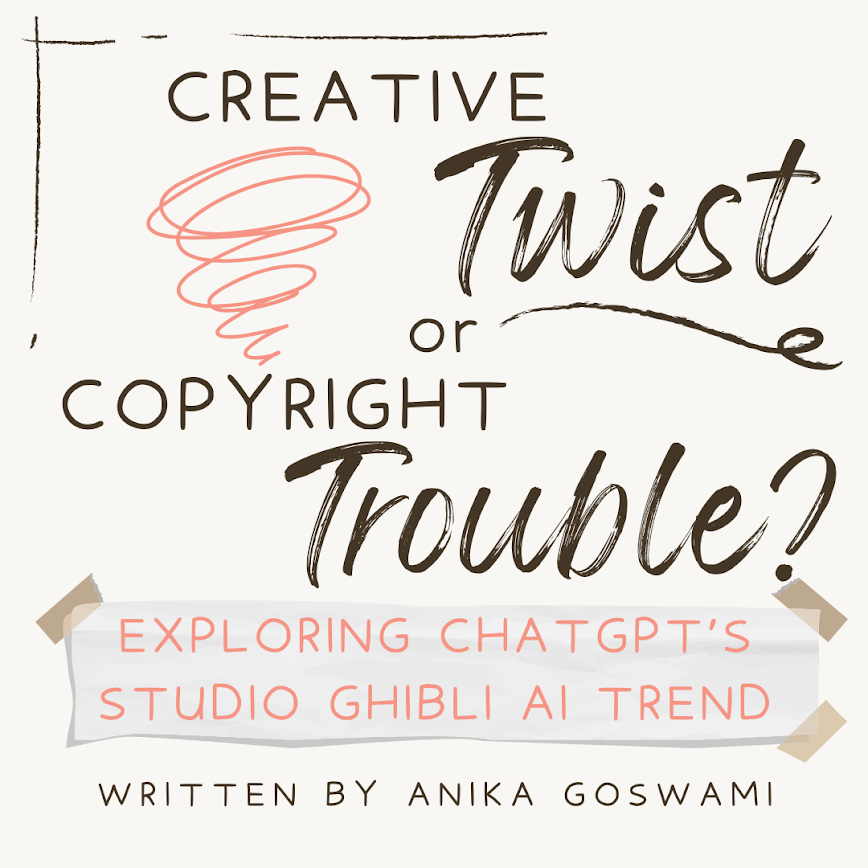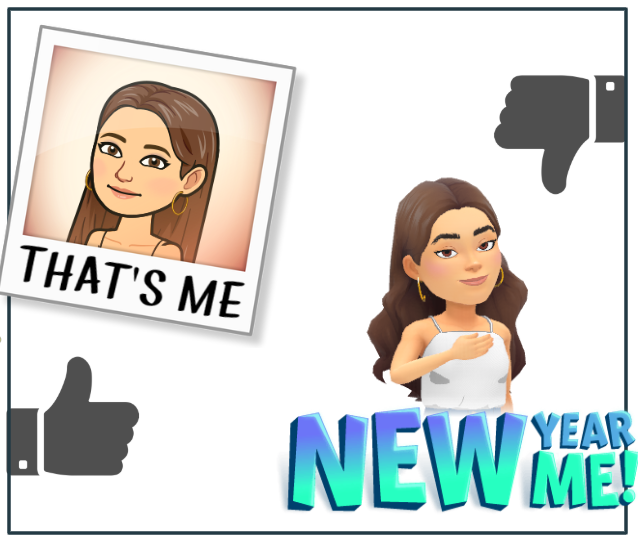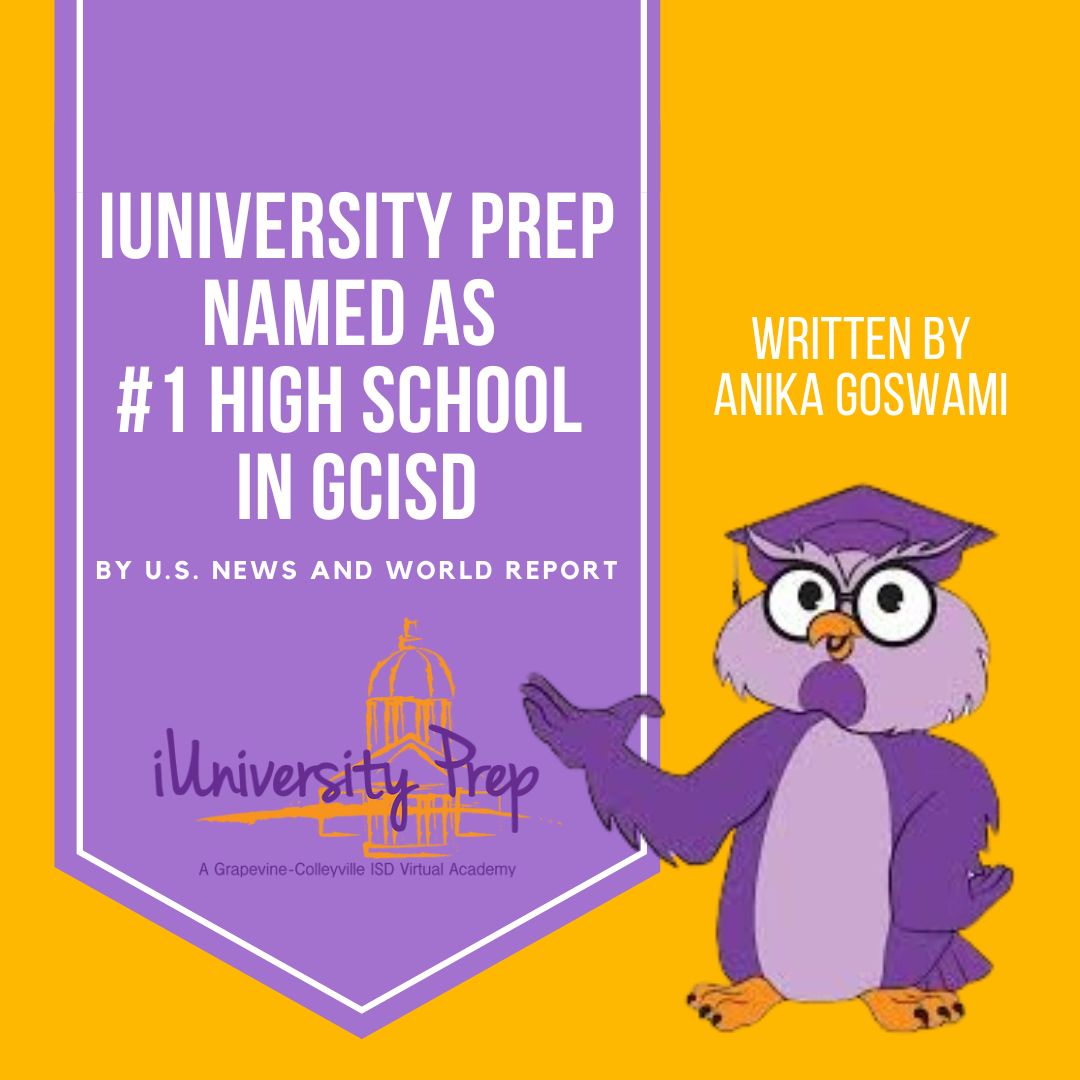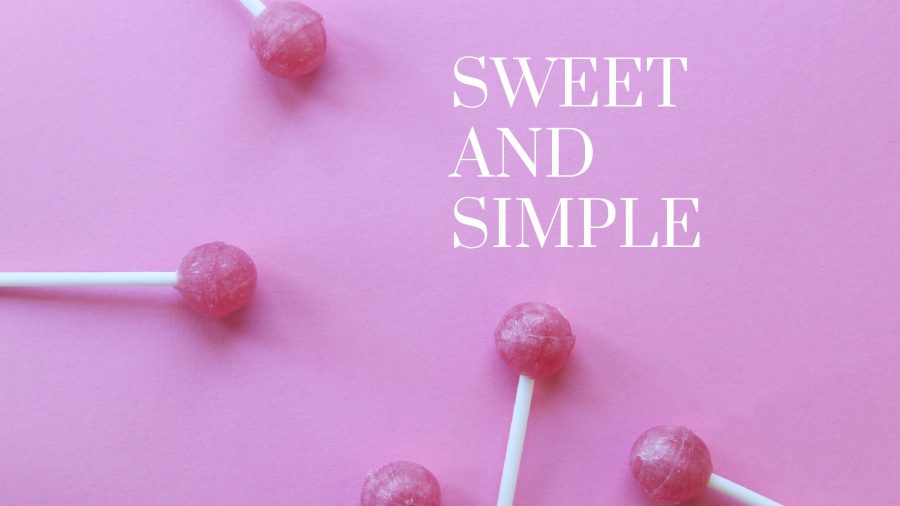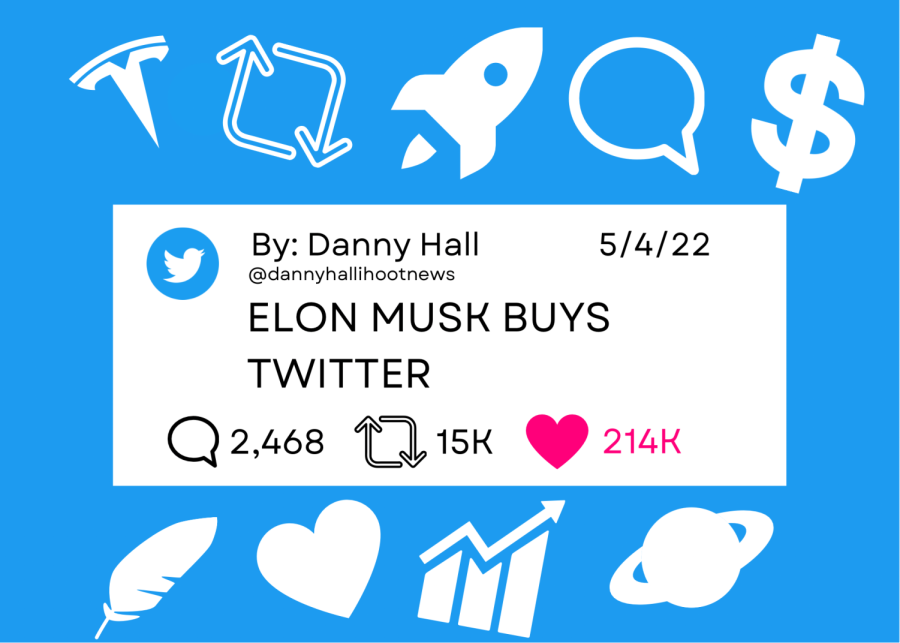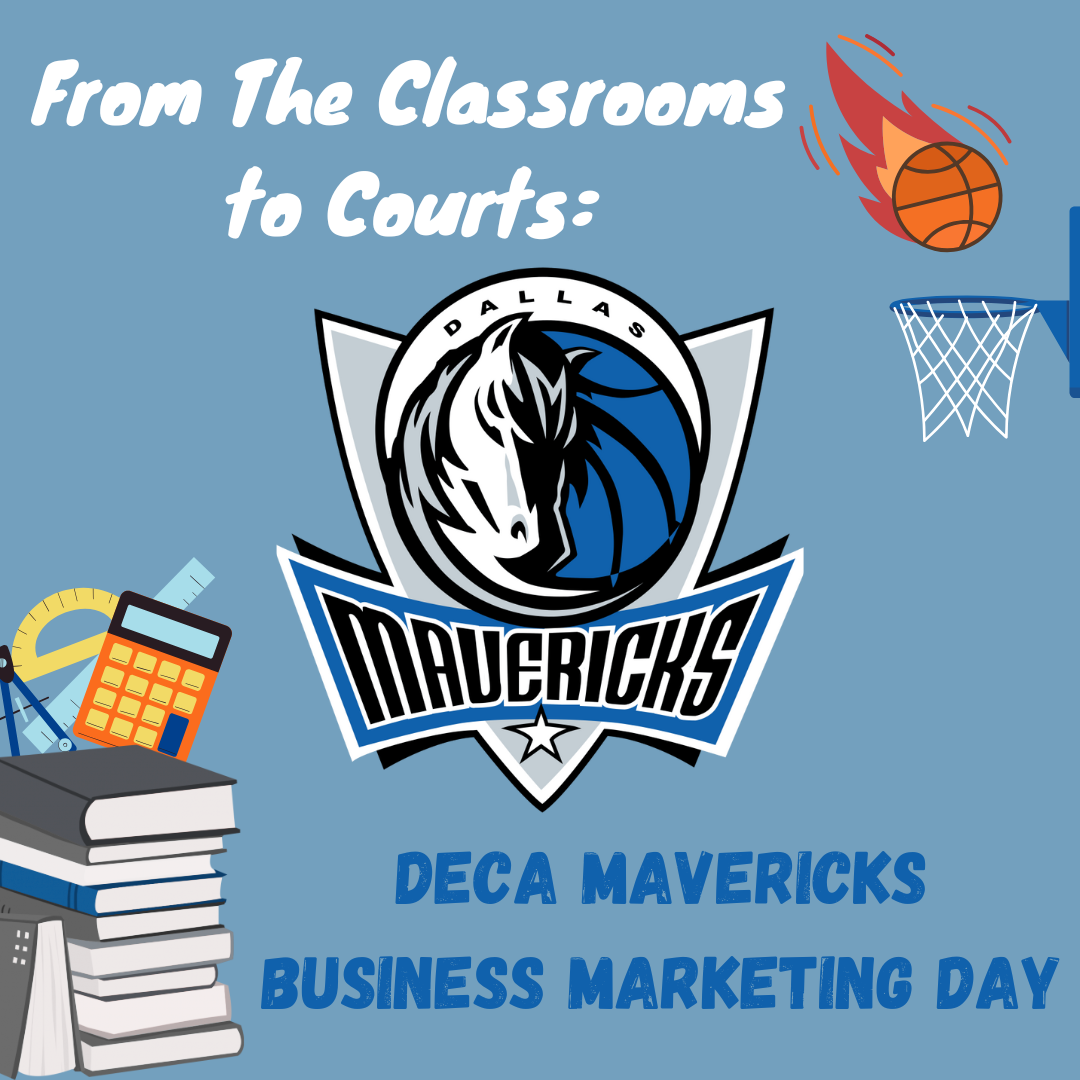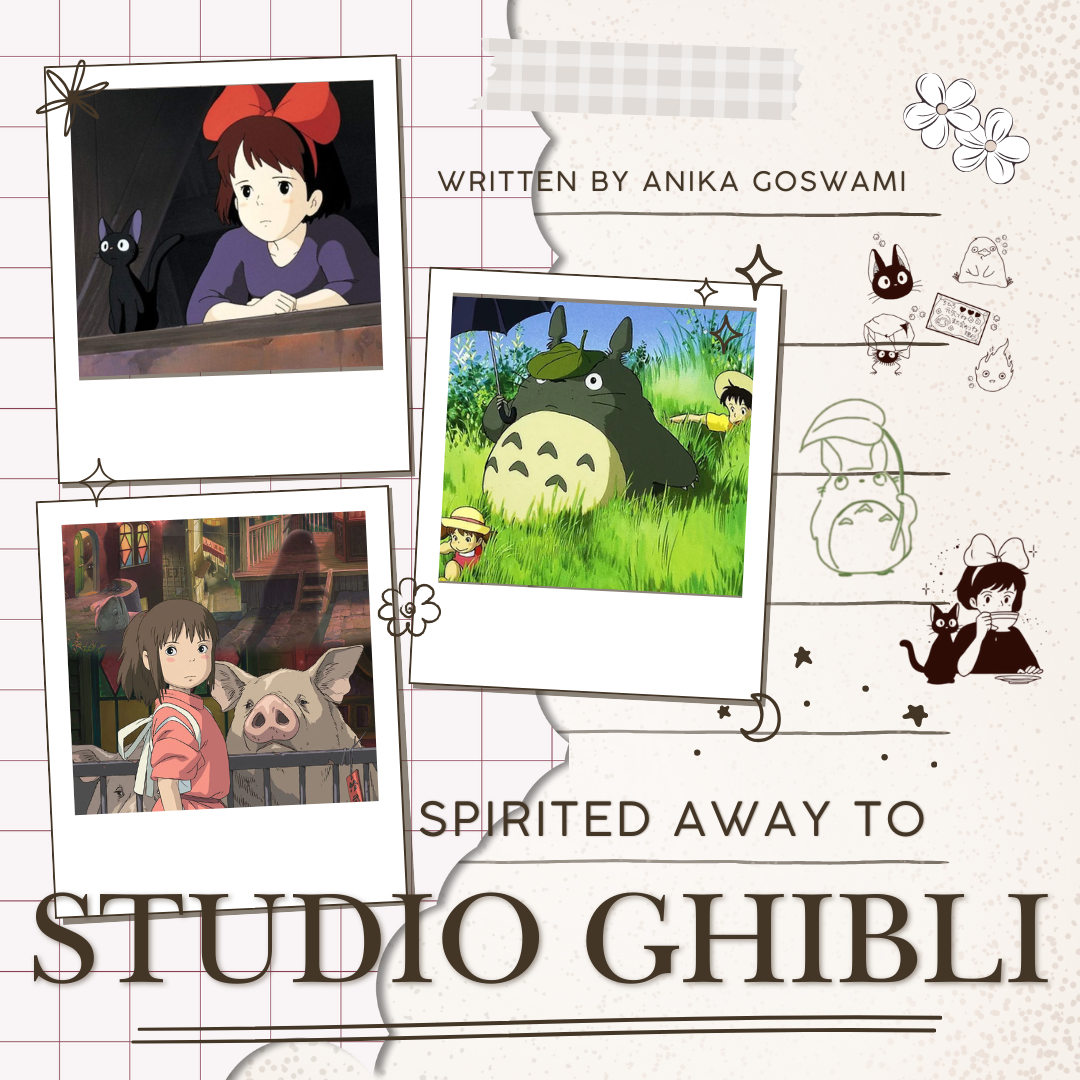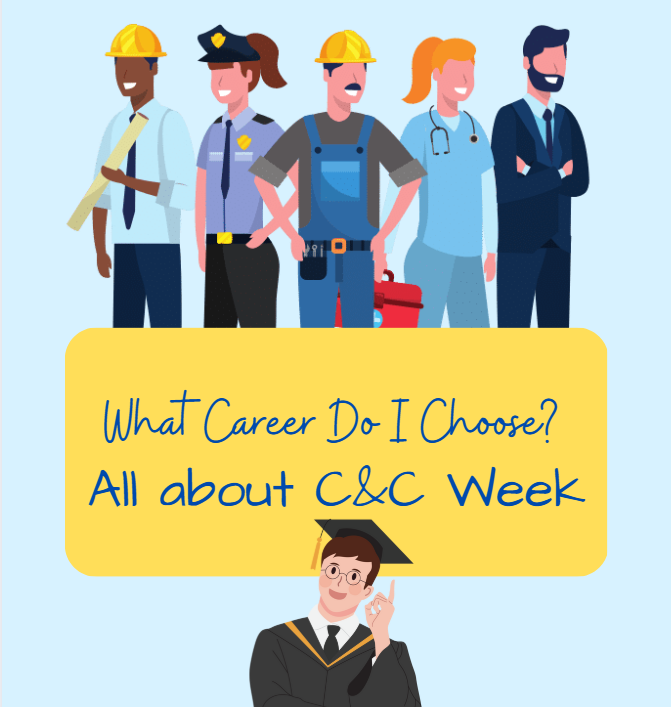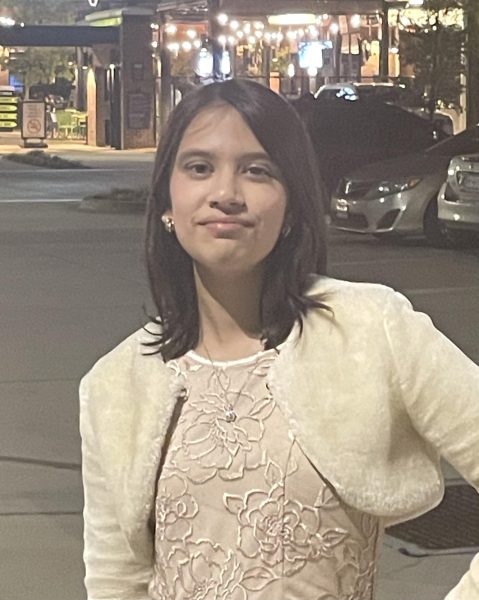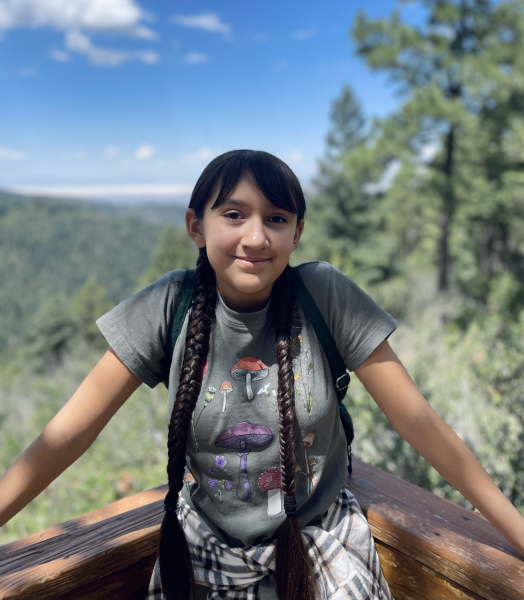Technology nowadays appears to be limitless. Various programs and tools all over the internet encompass endless possibilities for users to enjoy and use for creative purposes. One such set of programs is artificial intelligence and its usage for artistic purposes. With artificial intelligence on the rise, AI generated art has taken over social media. From cute animals to riveting action scenes, it seems as though AI can create almost anything. One such trend that has been gaining traction has to do with the Japanese animation studio, Studio Ghibli.
Though it may seem harmless enough at first, this trend of recreating art in the style of Studio Ghibli is problematic for a number of reasons. It not only raises many ethical concerns regarding copyrights, but it also leads to the question if recreating this art is a disservice to the creators of Ghibli. Is this simply just a fun trend, or does it lead to another set of issues altogether?
The Origins of the Trend
Lately, users all over Instagram and X have been using ChatGPT to create customized images in the iconic Studio Ghibli art style. Users have created everything from celebrities to TV show characters in this style with OpenAI’s ChatGPT, one of the many generative AI tools being utilized for creative purposes. The model has been gaining popularity for its variety of uses, including the generation of AI art, as seen with the Studio Ghibli trend.
Even with its widespread popularity, the controversial trend has drawn much criticism. Deborah Szapiro, an academic specialist in design, animation, and interaction, expressed disapproval of the recreated images. “It’s not replicating or mimicking [the art], it’s stealing it,” she said in an interview with The ABC.
Szapiro stated that OpenAI is exploiting Miyazaki’s work, and it “can never truly capture the essence of his work, as it fails to grasp the fundamental human element that is essential to art.”
iUP 9th grader Isabella says that even though she loves the design and how any photo can be portrayed in the style of Ghibli, “AI creating it is taking away the right of original creation by the artist.” She goes on to say that it is “ unfair for the original artist because of how hard he worked on creating his own design.”
Ethical and Copyright Concerns
The recreation of the Ghibli art style is more than just a fun trend. It raises questions about whether it is acceptable to produce images that utilize another person or studio’s art style without their given permission.
In the studio, each frame is meticulously planned and drawn by hand. A few seconds of a movie can take weeks to complete. In fact, the studio spent a year animating a single four-second scene in The Wind Rises. (TechRadar) “I think a lot of people can agree that it isn’t ethical to use AI to generate images as if they were created by people who dedicate several hours of each day imagining what a drawing should look like,” says Ana, an iUP 9th grader. “Besides this, the AI feature grants everyone an easy access tool where individuals can […] spark propaganda and popularize negative messages,” she added, citing the example of the controversy itself.
In the 2016 documentary Never-Ending Man: Hayao Miyazaki, Miyazaki himself expressed his discontentment with AI art, calling it “an insult to life itself.” (The Independent) In the documentary, Miyazaki was shown an AI animation that could be used as a demo for a zombie video game. “Whoever creates this stuff has no idea what pain is whatsoever,” he said.
The morality of the recreation of the Ghibli art style is not the only thing being questioned. Another concern is the legality and whether or not these images are a form of copyright infringement.
According to copyright lawyer and legal expert Chris Mammen, IP litigator and San Francisco Office Managing Partner for Womble Bond Dickinson, although US Copyright law does not protect ideas or styles, “If someone were to represent that one of these GenAI-created images is, in fact, a product of Studio Ghibli, then it could give rise to issues, such as false designation of origin, under trademark and unfair competition laws.”
Response from OpenAI
When asked to respond to the matter by TechRadar, a spokesperson for OpenAI stated that “[their] goal is to give users as much creative freedom as possible, and they “continue to prevent generations in the style of individual living artists.” However, they went on to say that they “do permit broader studio styles – which people have used to generate and share […] fan creations.”
Although there is currently no certainty as to whether generating images with the Ghibli art style constitutes a legal violation, there is still much debate surrounding the ethics of a trend as such.
Creative Twist or Copyright Trouble?
While some may find ChatGPT’s Studio Ghibli AI images to be nothing more than an innocuous, fun trend, there is no doubt it goes much deeper than that. It raises many ethical and legal concerns about the legitimacy of recreating a specific art style and the data used to do so, and there is certainly room for discussion on the acceptability of this kind of trend. Only time will tell, whether the Studio Ghibli art style AI trend is simply a creative twist, or if it will lead to copyright trouble.
Works Cited:
Evans, Greg. “Hayao Miyazaki’s ‘Disgusted’ Thoughts on AI Resurface Following Studio Ghibli Trend.” The Independent, 28 Mar. 2025, https://www.the-independent.com/arts-entertainment/films/news/hayao-miyazaki-studio-ghibli-ai-trend-b2723358.html.
Rowlands, Christian. “Is ChatGPT’s Studio Ghibli Craze a Copyright Timebomb? Here’s the Verdict from Expert Lawyers.” TechRadar, 3 Apr. 2025, https://www.techradar.com/computing/artificial-intelligence/is-chatgpts-studio-ghibli-craze-a-copyright-timebomb-heres-the-verdict-from-expert-lawyers.
“Why the AI-Generated ‘Studio Ghibli’ Trend Is so Controversial.” ABC News, ABC News, 2 Apr. 2025, https://www.abc.net.au/news/2025-04-03/the-controversial-chatgpt-studio-ghibli-trend-explained/105125570.


